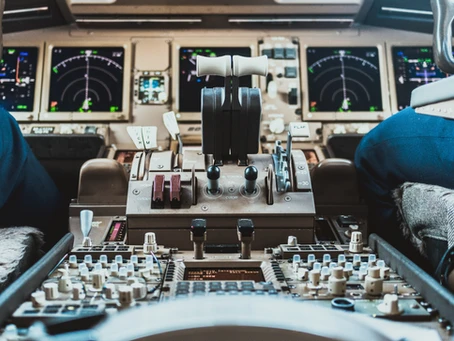What to do when your Throttle is Stuck at Full Power
by Cecilia Otero
2 min read ·

Part of being a capable pilot is keeping a level head during emergency situations. We’re talking about the types of situations you don’t experience in class. Learning doesn’t stop at flight school. In fact, your mental arsenal of airplane tips should grow larger and larger for the rest of your life.
There’s one particular issue that’s more common than you’d think.
Imagine you’re preparing for your final descent. As usual, you pull back the throttle, only this time, nothing happens. Your aircraft’s engine power stays high. It’s stuck. What do you do?
What is a Throttle?
You definitely already know this, but here’s a quick refresher. The thrust lever or power lever, also known as the throttle, refers to the mechanism with which a pilot controls the amount of fuel provided to an aircraft’s engine. The phrase “engine power” refers to said amount of fuel, and is measured in revolutions per minute (RPM).
If you’re well-versed in airplane tips, you’ll know that takeoff requires higher levels of power while landing requires lower ones.
Landing while your engine power is stuck at a high number of RPM can be dangerous and tricky.
The Power-Off 180 Landing
Power-Off landings might not be a required skill for private pilots, but they certainly are useful to know. More specifically, the Power-Off 180 is an excellent maneuver to learn in case you ever find your throttle stuck at full power.
The FAA defines this landing as “… a landing made by gliding with the engine idling from downwind to a touchdown beyond and within 200 feet of a designated line or mark on the runway.”
In other words, you would abeam an aiming point on downwind, cut your engine’s power to idle, and maneuver your gliding aircraft as close to your designated mark as possible.
Some factors you should keep in mind when executing this maneuver include:
- Available landing points
- Wind Correction
- Descent Rate
- Configuration Adjustments
- Ground Track
- Speed Control
- Gliding Ratios
So the next time you’re studying airplane tips and new maneuvers to try, consider the Power-Off 180. You’ll be glad you did.
Reach Out Today